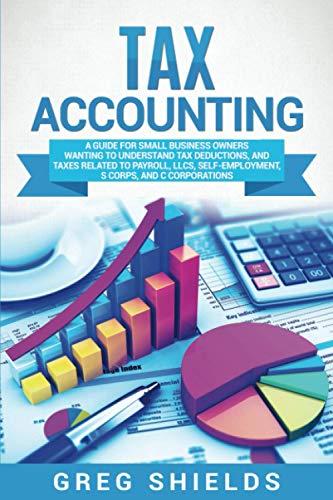$ 30 The Foundational 15 (Static) (L013-2, LO13-3, LO13-4, LO13-5, LO13-6) (The following information applies to the questions displayed below.) Cane Company manufactures two products called Alpha and Beta that sell for $120 and $80, respectively. Each product uses only one type of raw material that costs $6 per pound. The company has the capacity to annually produce 100,000 units of each product. Its average cost per unit for each product at this level of activity are given below: Alpha Direct materials Direct labor 20 Variable manufacturing overhead Traceable fixed manufacturing overhead Variable selling expenses 12 Common fixed expenses Total cost per unit $ 100 The company considers its traceable fixed manufacturing overhead to be avoidable, whereas its common fixed expenses are unavoidable and have been allocated to products based on sales dollars. 7 16 Beta $ 12 15 5 18 8 10 15 Foundational 13-8 (Static) B. Assume that Cane normally produces and sells 60,000 Betas and 80,000 Alphas per year. If Cane discontinues the Beta product line, Its sales representatives could increase sales of Alpha by 15,000 units. What is the financial advantage (disadvantage) of discontinuing the Beta product line? The Foundational 15 (Static) (LO13-2, LO13-3, LO13-4, LO13-5, LO13-6) [The following information applies to the questions displayed below) Cane Company manufactures two products called Alpha and Beta that sell for $120 and $80, respectively. Each product uses only one type of raw material that costs $6 per pound. The company has the capacity to annually produce 100,000 units of each product. Its average cost per unit for each product at this level of activity are given below: Beta $ 12 15 Direct materials Direct labor Variable manufacturing overhead Traceable fixed manufacturing overhead Variable selling expenses Common fixed expenses Total cost per unit Alpha $ 30 20 7 16 12 15 $ 100 5 18 B 10 $ 68 The company considers its traceable fixed manufacturing overhead to be avoidable, whereas its common fixed expenses are unavoidable and have been allocated to products based on sales dollars. Foundational 13-9 (Static) 9. Assume that one expects to produce and sell 80,000 Alphas during the current year. A supplier has offered to manufacture and deliver 80,000 Alphas to Cane for a price of $80 per unit What is the financial advantage (disadvantage) of buying 80,000 units from the supplier instead of making those units? 10. Assume that Cane expects to produce and sell 50,000 Alphas during the current year. A supplier has offered to manufacture and deliver 50,000 Alphas to Cane for a price of $80 per unit. What is the financial advantage (disadvantage) of buying 50,000 units from the supplier instead of making those units? Foundational 13-13 (Static) 13. Assume that Cane's customers would buy a maximum of 80,000 units of Alpha and 60,000 units of Beta. Also assume that the raw material available for production is limited to 160,000 pounds. How many units of each product should Cane produce to maximize its profits? Alpha Beta Units produced Foundational 13-14 (Static) 14. Assume that Cane's customers would buy a maximum of 80,000 units of Alpha and 60,000 units of Beta. Also assume that the raw material available for production is limited to 160,000 pounds. What is the total contribution margin Cane Company will earn? Total contribution margin Required information The Foundational 15 (Static) [LO13-2, LO13-3, LO13-4, LO13-5, LO13-6) (The following information applies to the questions displayed below) Cane Company manufactures two products called Alpha and Beta that sell for $120 and $80, respectively. Each product uses only one type of raw material that costs $6 per pound. The company has the capacity to annually produce 100,000 units of each product . Its average cost per unit for each product at this level of activity are given below: 115 od Direct materials Direct labor Variable manufacturing overhead Traceable fixed manufacturing overhead Variable selling expenssen Common fixed expenses Total cost per unit Alpha $ 30 20 7 16 12 15 $ 100 Beta $ 12 15 5 18 8 10 The company considers its traceable fixed manufacturing overhead to be avoidable, whereas its common fixed expenses are unavoidable and have been allocated to products based on sales dollars, Foundational 13-15 (Static) 15. Assume that Cane's customers would buy a maximum of 80,000 units of Alpha and 60,000 units of Beta. Also assume that the company's raw material available for production is limited to 160,000 pounds. If Cane uses its 160.000 pounds of raw materials, up to how much should it be willing to pay per pound for additional raw materials? (Round your answer to 2 decimal places.) Maximum price to be paid per pound












